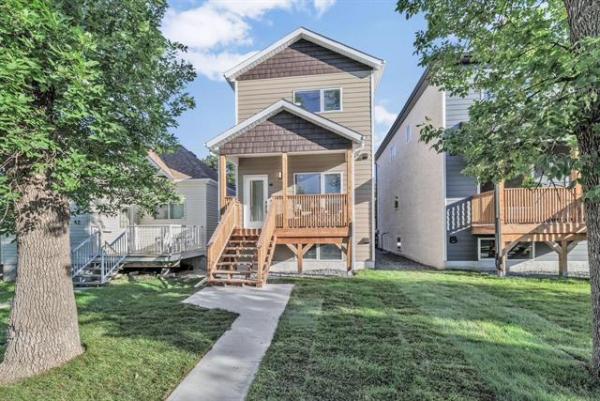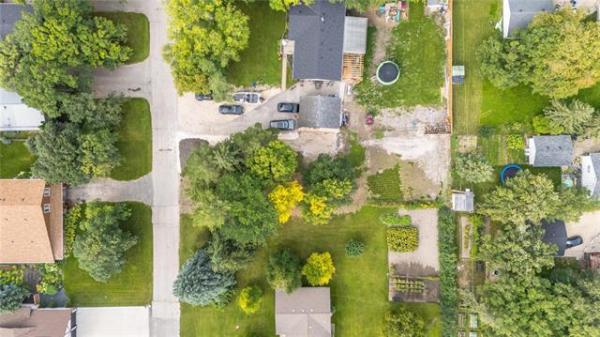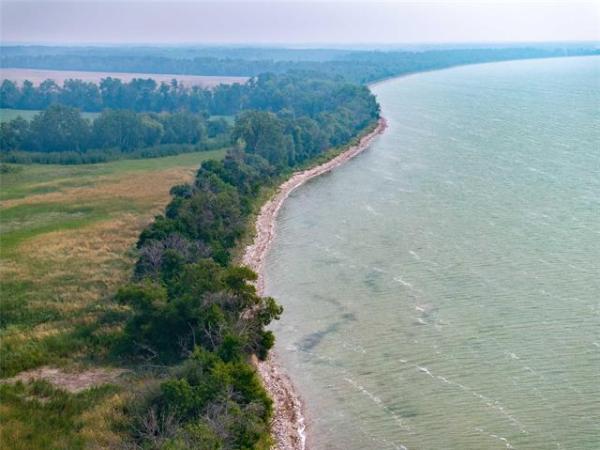Question: I was wondering if you could give me some advice on the proper way to resolve snow buildup over my high-efficiency furnace exhaust and intake vents. The vents come out of the foundation about 14 inches (35.5 centimetres) above the ground, and frequently after a good snow fall, I find the exhaust vent is under the snow and has made a tunnel through the snow. The intake vent has a snorkel that brings it well above the snow. But the exhaust is down low and straight out of the wall so the snow can get higher than it.
Can the exhaust be left as is or is it necessary to do something with it, maybe a snorkel or something else added to the exhaust? Any information or advice would be greatly appreciated.
Thanks, Gary Keena
ANSWER: Snow and debris buildup around high-efficiency furnace exhaust and fresh-air intake pipes is a common problem, and not one easily solved, in many cases. Keeping these open and free from obstruction is critical to maintaining a safe and properly operating heating system. Your question is right on the money for this topic, but the solution may not be as straightforward.
You have identified a topic that may have many readers asking, "Yah, what about that?"
This issue is something often experienced by homeowners after upgrades to their forced-air natural gas furnaces. All new furnaces are true high-efficiency units, which vent directly through PVC pipes to the exterior. Along with the vent pipe, there is normally, but not always, a parallel pipe that brings fresh air from the outside of the home into the furnace combustion chamber. These pipes are normally seen sticking out slightly from the side of the home, either through or just above the foundation. Because of this location, blockage by snow, debris, vegetation or other items is possible. Most installers go to great lengths to avoid these potential pitfalls, but sometimes they cannot be helped.
Preventing the exhaust vent pipe from plugging up, and also the fresh-air intake, is critical to maintaining a safe and properly operating furnace. If either of these pipes does not function correctly, sensors in the furnace can shut the entire unit down. If that happens, it could be a major issue with the indoor temperature of the home dropping to problematic levels. The reason such controls are built into the furnace components is to prevent a situation that would allow incomplete combustion, which could lead to carbon monoxide (CO) production. CO in sufficient concentrations can cause serious health effects, and even death, to occupants of the home if it goes unchecked. For that reason alone, keeping the pipes free of snow and ice blockage is absolutely critical.
Keeping vegetation away from the furnace pipe terminations may be the easiest to deal with of all the potential sources of trouble. This can be accomplished by avoiding planting any vegetation near or under the vent pipes. If there are bushes, trees, vines or other plants in the vicinity of the plastic pipes, they should be removed. If that proves too difficult, regular trimming and maintenance of this vegetation must be done in the growing season. The simplest approach is to avoid having any plants in an area one metre out from either side of the pipes and nothing directly in front.
The next item to address is the height of the soil or grade directly beneath the furnace vents. Your stated clearance from grade to the pipes should be sufficient to prevent any difficulties, but that may change over time. As normal soil erosion and house settlement occurs, the soil beside the foundation of your home may have to be built up to prevent moisture intrusion into the basement. When this is done, care must be taken to leave enough room under the vents for snow accumulation. Several centimetres clearance may have to be left to prevent blown snow from even a moderate snowfall reaching the underside of the pipes. The amount of actual clearance necessary will depend on the location of the pipes, prevailing winds, fences and surrounding vegetation.
This gets us to the main question in your submission -- what to do to prevent snow accumulation over the pipes in your home. The short answer is, buy a good shovel and use it. Unfortunately, there may be little you can do to prevent blown snow from covering the pipes, other than regular removal. If there is a high, semi-solid fence on that side of the home, replacement with chain-link or a shorter one may give some relief. Removing any other obstructions that may trap blown snow in that area, such as sheds, trellises or other physical structures should also help prevent a buildup high enough to block the vent.
While it may seem like there is a solution to every house issue, complex or simple, this may be one case where diligence is the key. Regular physical inspection of the snow level and persistent removal of excessive accumulation, will be the key to prevent blockage of your high-E furnace vent and intake pipes at the exterior of your home.
I would like to thank all the regular readers who sent in emails in the past year, wish everyone a Happy New Year, and ask that you keep the submissions coming.
Ari Marantz is the owner of Trained Eye Home Inspection Ltd. and the past president of the Canadian Association of Home & Property Inspectors -- Manitoba (cahpi.mb.ca). Questions can be emailed to the address below. Ari can be reached at 204-291-5358 or check out his website at trainedeye.ca.
trainedeye@iname.com



